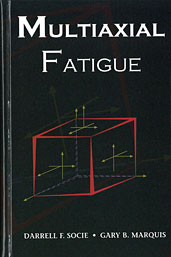Standard
Chemical Compositions of SAE Carbon Steels
2009-12-07
HISTORICAL
J403_200912
In 1941, the SAE Iron and Steel Division, in collaboration with the American Iron and Steel Institute (AISI), made a major change in the method of expressing composition ranges for the SAE steels. The plan, as now applied, is based in general on narrower cast or heat analysis ranges plus certain product analysis allowances on individual samples, in place of the fixed ranges and limits without tolerances formerly provided for carbon and other elements in SAE steels. For years the variety of chemical compositions of steel has been a matter of concern in the steel industry. It was recognized that production of fewer grades of steel could result in improved deliveries and provide a better opportunity to achieve advances in technology, manufacturing practices, and quality, and thus develop more fully the possibilities of application inherent in those grades.

